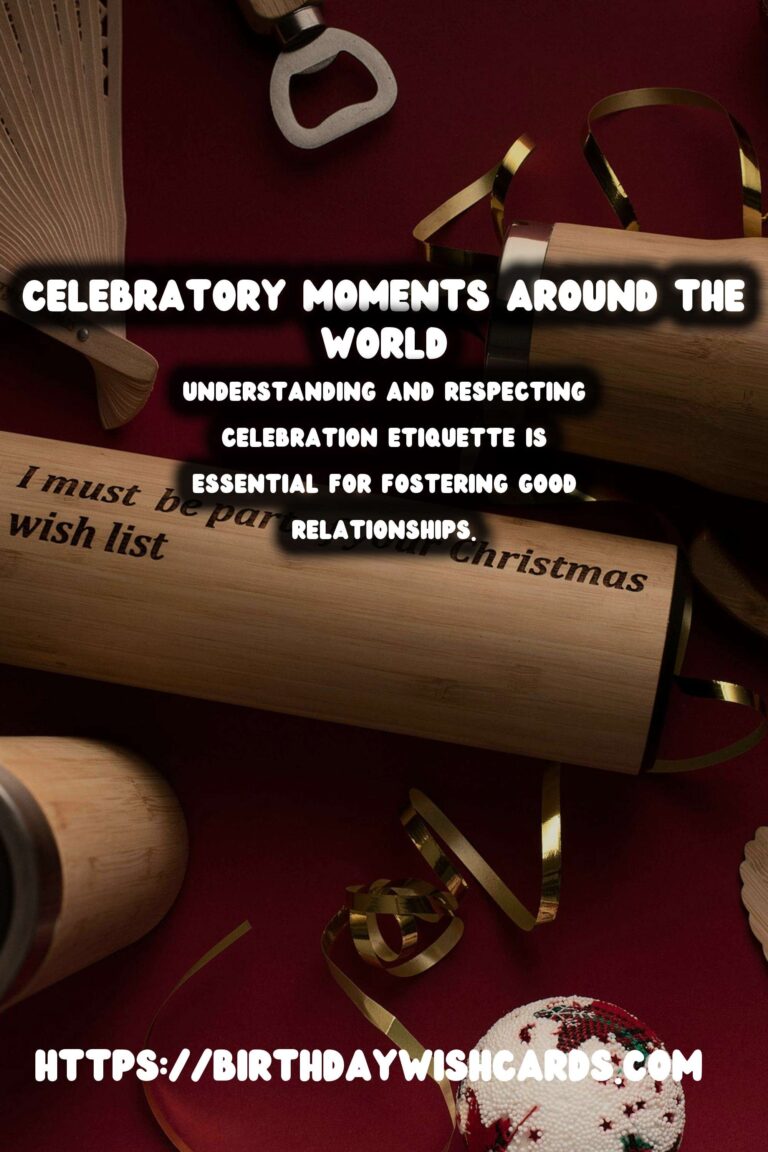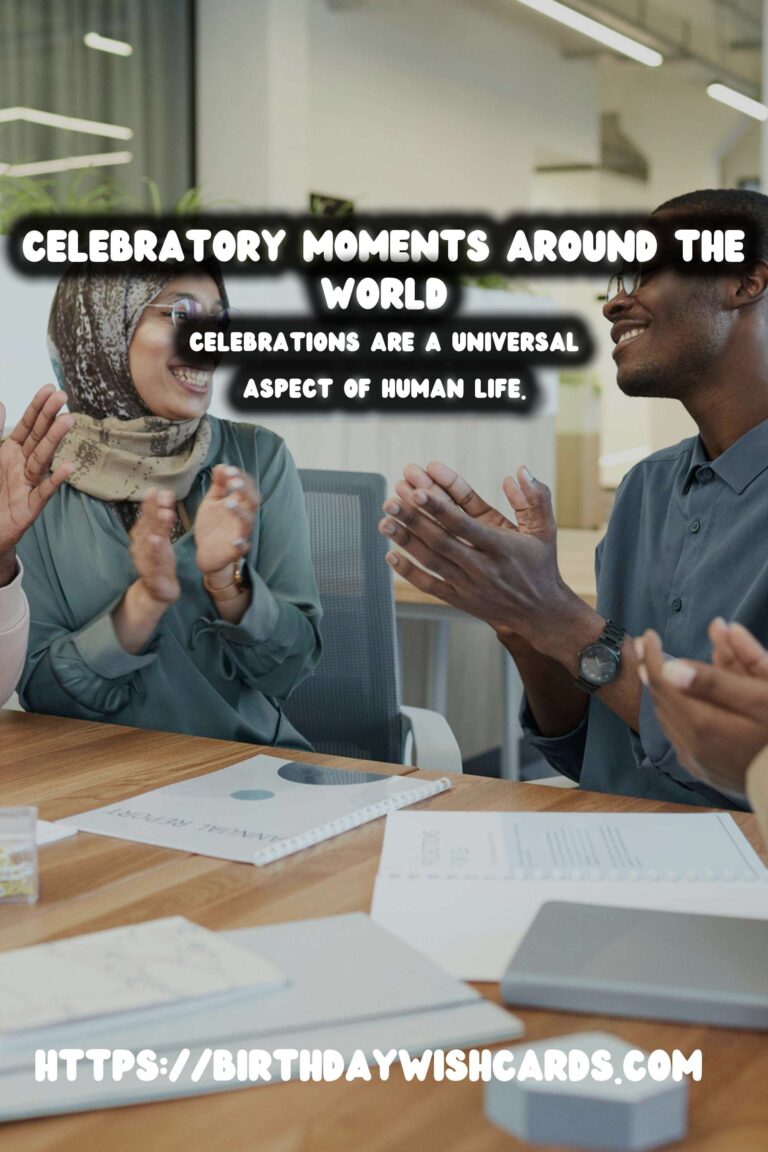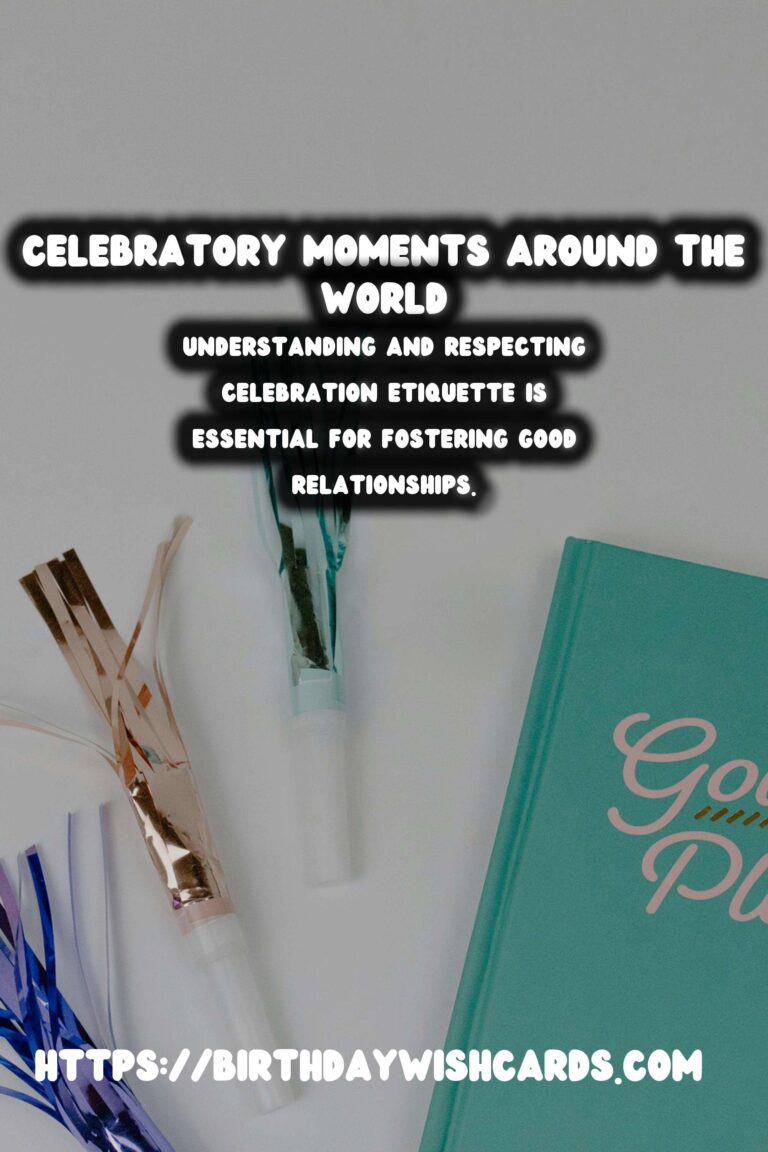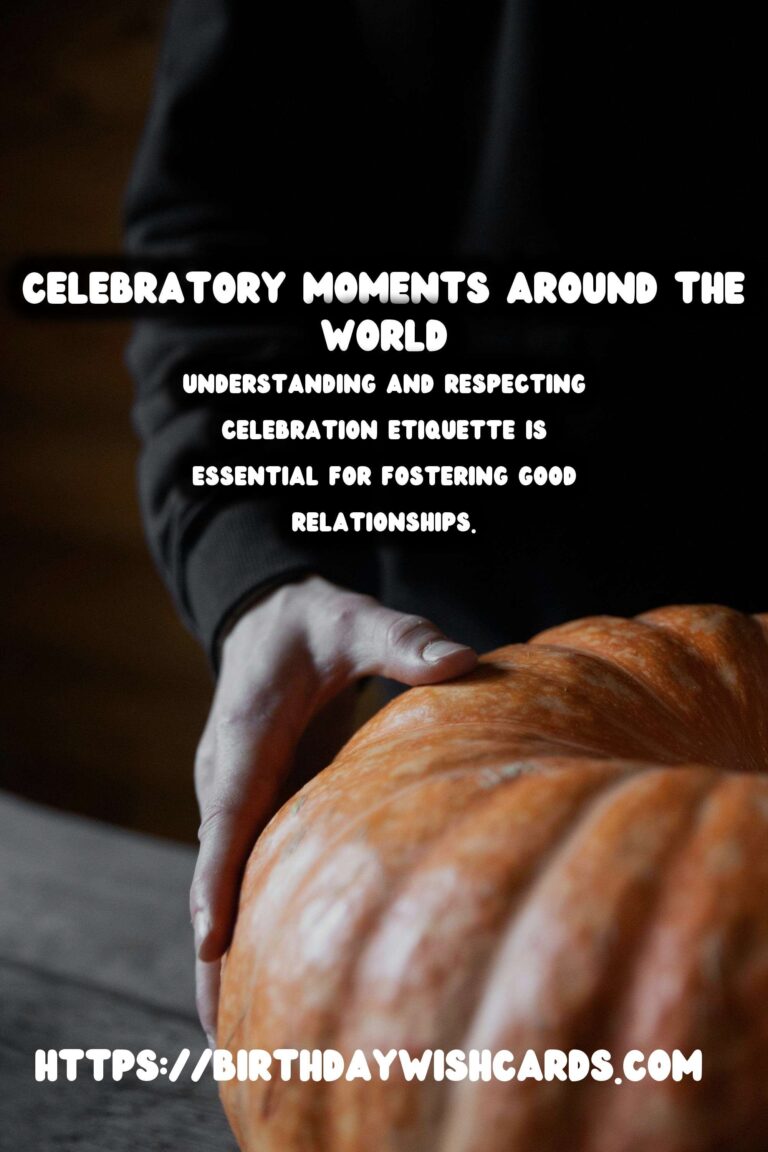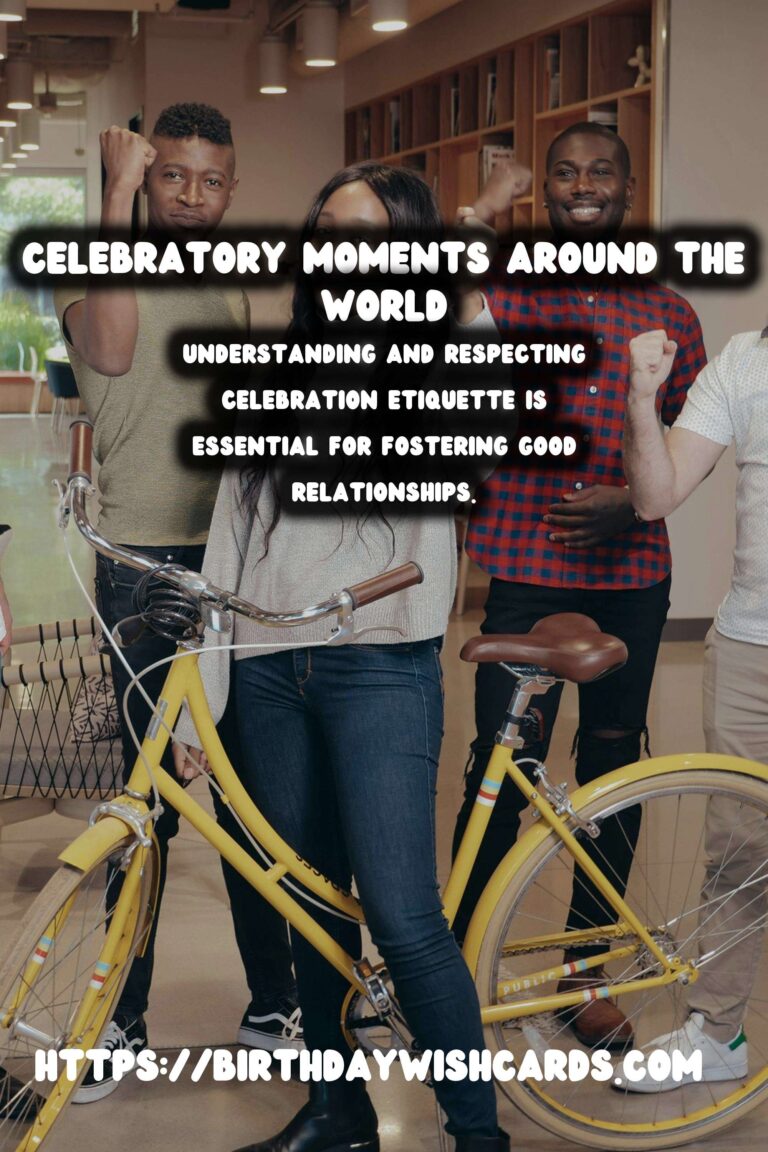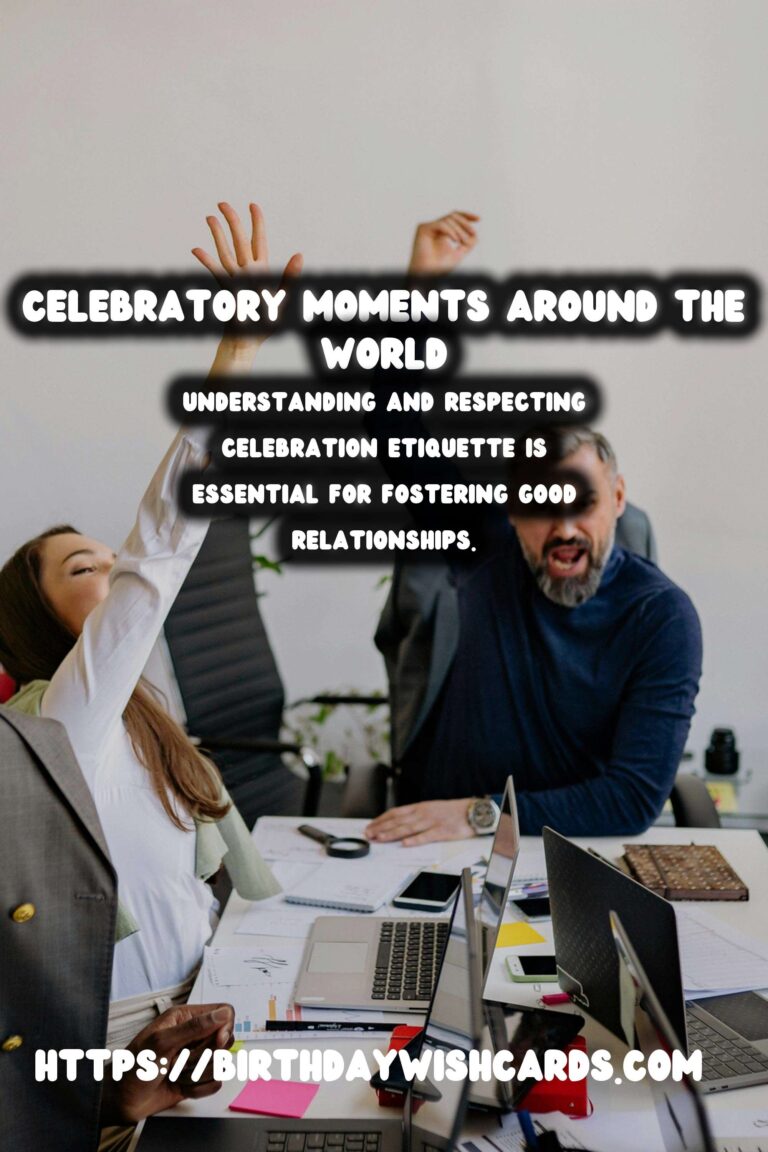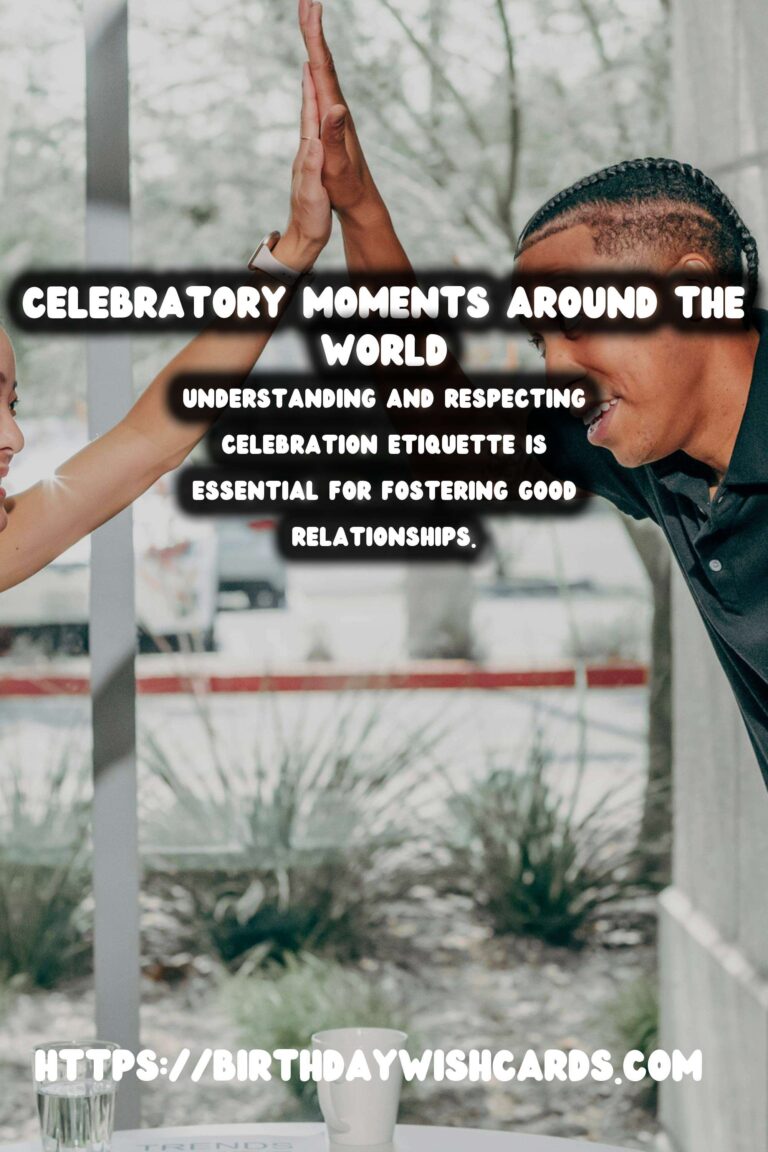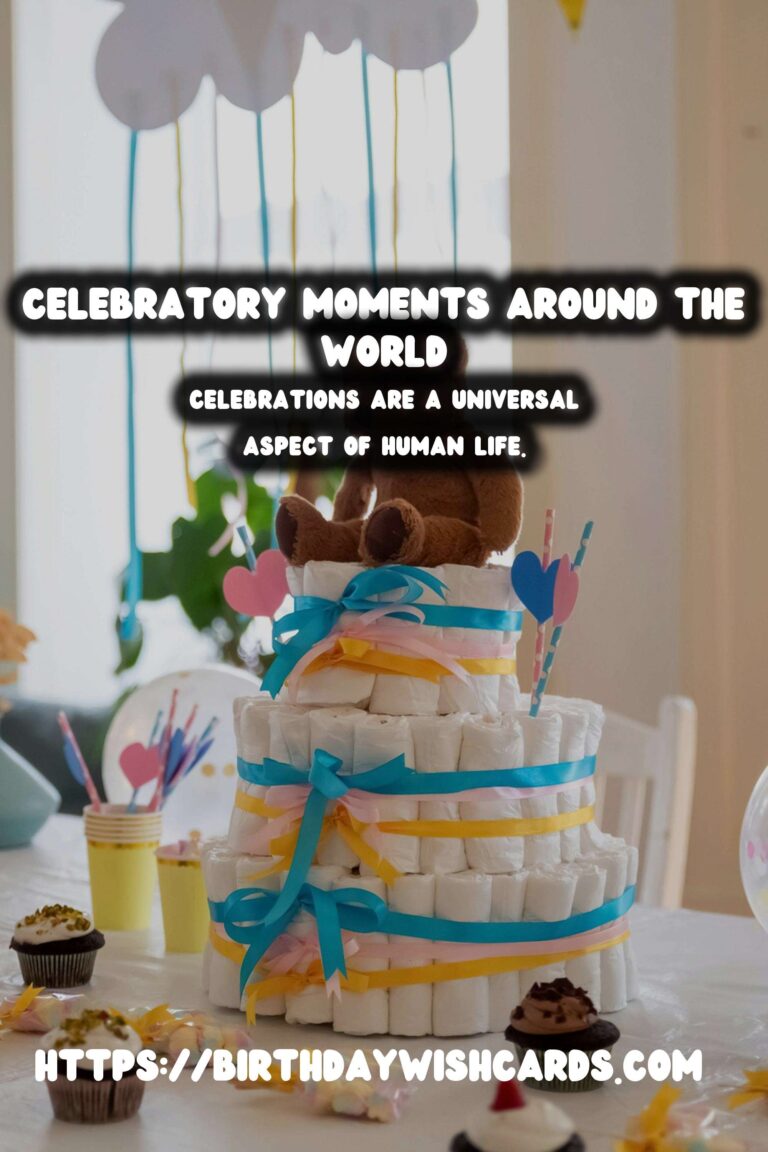
Celebrations are a universal aspect of human life, but the way we celebrate varies dramatically across cultures. Understanding and respecting celebration etiquette is essential for fostering good relationships and ensuring that your participation in global festivities is appreciated. In this article, we will explore various celebrations around the world in 2025 and the etiquette associated with them.
1. Understanding Celebration Etiquette
Celebration etiquette is a set of societal norms that dictate how people should behave during festive occasions. These norms can include everything from gift-giving rituals to dress codes, and they often vary significantly between cultures. Understanding these differences is crucial for anyone wishing to engage in global celebrations.
2. Major Celebrations Around the World
2.1 New Year’s Celebrations
New Year’s Eve and New Year’s Day are celebrated worldwide, but the ways in which people celebrate can differ widely. In many Western countries, fireworks, parties, and family gatherings are the norm. However, in Japan, people often visit shrines to pray for good fortune in the coming year.
2.2 Lunar New Year
Lunar New Year is celebrated in several Asian countries such as China, Vietnam, and Korea. The etiquette involved can include giving ‘red envelopes’ filled with money, wearing new clothes, and participating in dragon dances. It’s essential to show respect for traditions and family customs during this time.
2.3 Diwali
In India and among Indian communities worldwide, Diwali, the Festival of Lights, is a significant celebration. When celebrating Diwali, always remember to wear traditional attire if invited to someone’s home and be mindful of the rituals such as lighting diyas and exchanging sweets.
2.4 Eid al-Fitr
Eid al-Fitr is a Muslim celebration marking the end of Ramadan. Etiquette calls for attending prayers, sharing meals, and giving alms to the poor. It’s also customary to wear new clothes, so be sure to dress nicely if you’re attending an Eid celebration.
3. Regional Etiquette Variations
3.1 Western Celebrations
In Western cultures, birthdays and Christmas have specific etiquette rules. When attending a birthday party, it’s polite to bring a gift, while Christmas often focuses on family gatherings, gift-giving, and festive attire. Knowing when to say ‘thank you’ and when to offer help is important.
3.2 Asian Celebrations
In Asia, many celebrations focus on family and respect for ancestry. For instance, during Chinese New Year, be cautious about how you give and accept gifts. Using both hands is considered respectful.
3.3 African Celebrations
African celebrations can vary significantly among different regions. Many involve communal feasts and music. Participation in the traditional dances is encouraged, but be respectful and ask before joining, as some dances may be reserved for community elders.
4. How to Participate Mindfully
To participate in celebrations mindfully:
-
Research the celebration beforehand to understand its significance.
-
Observe local customs and practices while participating.
-
Engage with the locals by asking questions and showing interest in their traditions.
5. Conclusion
In 2025, as the world continues to globalize, understanding celebration etiquette will become increasingly important. Respecting diverse customs and traditions is integral in fostering global understanding. By being mindful and engaged, you can enjoy a rich tapestry of celebrations while building lasting relationships across cultures.
Celebrations are a universal aspect of human life. Understanding and respecting celebration etiquette is essential for fostering good relationships. 


